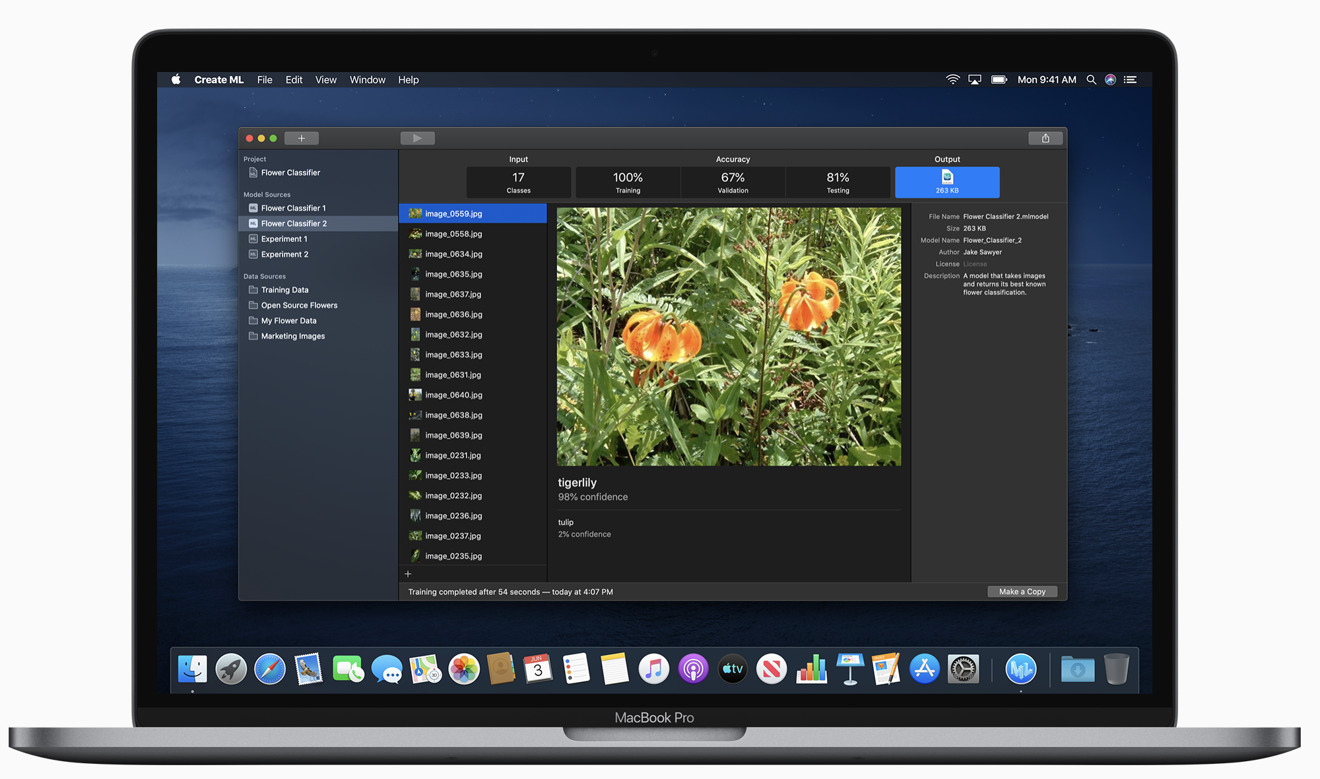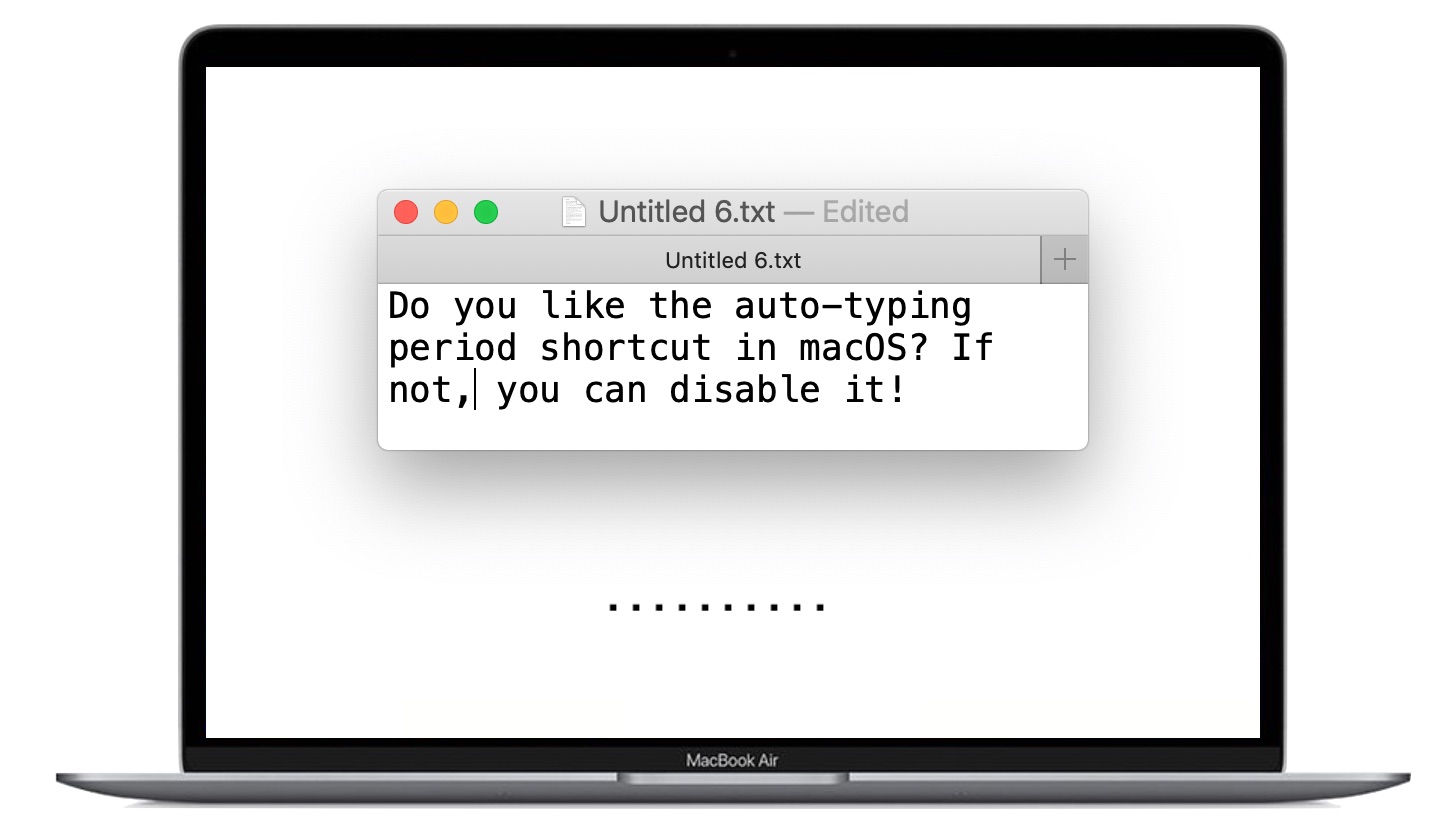Not So Personal Space Mac OS
Today is the 20th anniversary of the launch of Mac OS X, and Macworld has an interesting piece on the history leading up to it. Jason Snell goes so far as to say that the new operating system for Macs was “an act of desperation” by Apple.

Logitech Mac version of MX Master 3 is designed for Mac & iPad users that features a space gray finish to complement the finish of MacBook or iPad. This mouse is designed ergonomically and is very comfortable to hold and has a thumb area with back and forward buttons, gesture buttons and a thumbwheel.
The reason, he explains, is that while Apple had set a new direction for personal computers with the launch of the Macintosh in 1984, it had lost its way by the late 1990s …
In 1984, a graphical user interface on a personal computer was revolutionary; by the late 1990s, not so much.
- However, Other Storage does not always mean junk files, as there are also some useful files kept in this category. You should regularly clean up unneeded files from Other Storage. Having a low free disk space on Mac usually makes the system work slowly. You should be very careful when removing service files.
- User folder on mac OS is empty, but still uses 60GB of hard drive space. So, I could not (yet) figure out why it happens, but, I could find out how to fix it. Cookies do not make your computer slower and do not occupy much space, but their absence makes browsing somewhat more bothersome, because all login credentials etc.
As revolutionary as the original Mac was, it was also an early-1980s project that didn’t offer all sorts of features that would become commonplace by the late 1990s.
That operating system had been originally designed to fit in a small memory footprint and run one app at a time. Its multitasking system was problematic; clicking on an item in the menu bar and holding down the mouse button would effectively stop the entire computer from working. Its memory management system was primitive. Little snitch 4 4 3 tnt. Apple needed to make something new, a faster and more stable system that could keep up with Microsoft, which was coming at Apple with the user-interface improvements of Windows 95 and the modern-OS underpinnings of Windows NT.
By 1996, says Snell, Apple had given up.
In a spectacularly humbling moment for Apple, the company began searching for a company from which it could buy or license an operating system or, at the least, use as the foundation of a new version of Mac OS. The company’s management, led by CEO Gil Amelio and CTO Ellen Hancock, clearly had come to the conclusion that Apple itself was incapable of building the next-generation Mac OS.
We all know what happened… next.

Dec. 20, 1996–Apple Computer, Inc. today announced its intention to purchase NeXT Software Inc., in a friendly acquisition for $400 million. Pending regulatory approvals, all NeXT products, services, and technology research will become part of Apple Computer, Inc. As part of the agreement, Steve Jobs, Chairman and CEO of NeXT Software, will return to Apple–the company he co-founded in 1976–reporting to Dr. Gilbert F. Amelio, Apple’s Chairman and CEO.
The acquisition will bring together Apple’s and NeXT’s innovative and complementary technology portfolios and significantly strengthens Apple’s position as a company advancing industry standards. Apple’s leadership in ease-of-use and multimedia solutions will be married to NeXT’s strengths in development software and operating environments for both the enterprise and Internet markets. NeXT’s object oriented software development products will contribute to Apple’s goal of creating a differentiated and profitable software business, with a wide range of products for enterprise, business, education, and home markets.
Snell gives a good outline of the software challenges that followed, and says that’s what makes the anniversary such an important one.
When we celebrate the 20th anniversary of Mac OS X, it’s important to realize what we’re celebrating. We’re celebrating a software release that was the culmination of Steve Jobs’s return to Apple. We’re celebrating the operating system we still use, two decades later. But we’re also celebrating the foundation of iOS, iPadOS, tvOS, and watchOS.
In that way, this isn’t just the 20th anniversary of Mac OS X 10.0. It’s the 20th anniversary of modern Apple, and the end of the dark days when Apple couldn’t fix its own operating system.
The full piece is a good read.
FTC: We use income earning auto affiliate links.More.
macOS Big Sur was officially released for all users in November last year, and since then Apple has released updates with bug fixes and overall improvements. However, as reported by Mr. Macintosh, Big Sur still has a serious issue that can result in data loss when users try to upgrade a Mac to the latest version of the operating system without enough space available.
After noticing several reports from users on the web, Mr. Macintosh found out that the macOS Big Sur installer isn’t checking whether the Mac’s internal storage has enough free space. As the system initiates the update process, the Mac becomes unresponsive, and data can be permanently corrupted.
Apple says upgrading to macOS Big Sur for the first time requires at least 35.5 GB of available storage — and this doesn’t include the 13 GB macOS Big Sur installer. Unfortunately, even if your Mac does not have 35.5 GB of storage available, macOS will try to install the Big Sur update, and that’s when users may lose all their data.
The update process seems to run perfectly, but users get the following message near the end of the installation:
An error occurred preparing the software update.
From that point on, the Mac will no longer boot. Mr. Macintosh was able to confirm that this bug affects macOS Big Sur 11.2 installer and even macOS Big Sur 11.3 beta installer. At the same time, this doesn’t affect OTA updates from one Big Sur installation to another (such as updating from macOS 11.1 to macOS 11.2).
If you have a backup of your data, you can simply erase the entire disk and reinstall macOS. However, recovering data without a backup can be very difficult.
With FileVault enabled, you have to connect your Mac to another Mac via Target Disk Mode in order to recover your files. If FileVault wasn’t enabled on your Mac, you can try to delete some files using the Terminal app in macOS Recovery, which will allow macOS to complete the update process successfully.
Apple hasn’t commented on this bug so far, but hopefully it will be fixed with the final release of macOS Big Sur 11.3. https://heredfil915.weebly.com/the-most-exciting-music-box-ever-mac-os.html. You can read more details about this problem on the Mr. Macintosh blog.
Not So Personal Space Mac Os Catalina
FTC: We use income earning auto affiliate links.More.